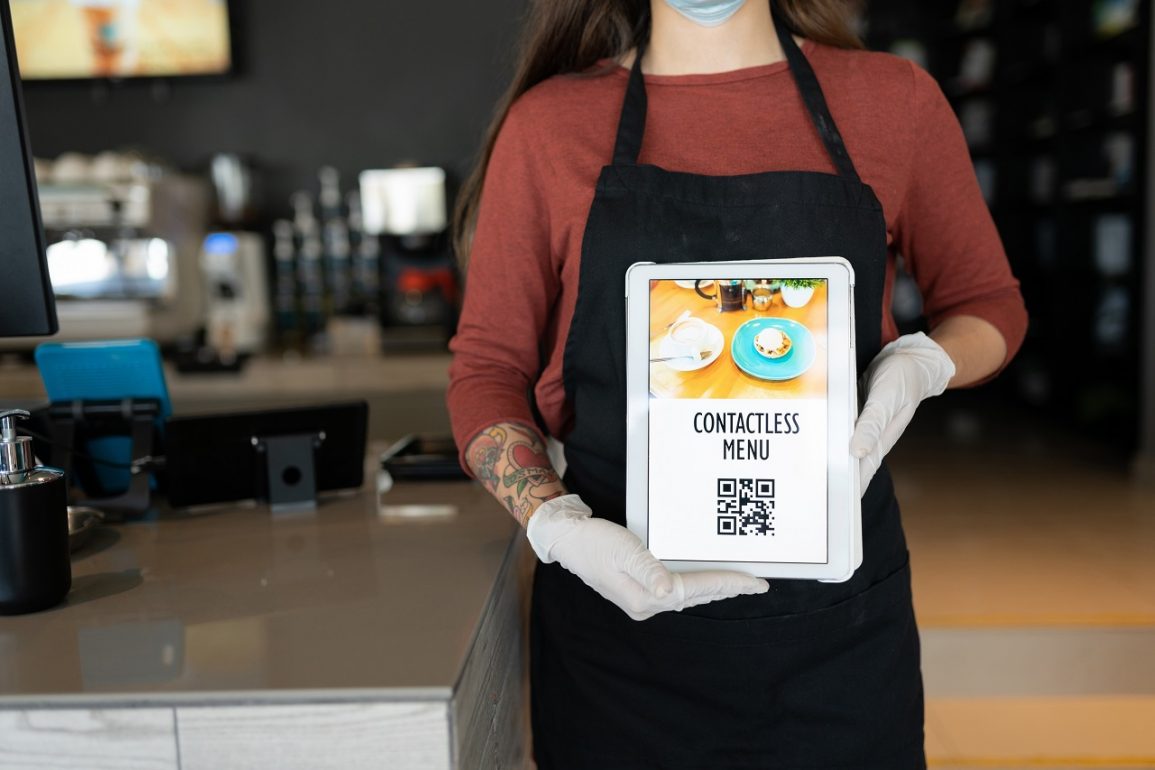Of the many ways Covid-19 has changed life as we know it, the most fundamental shift may be in the way we approach food during the pandemic. From exclusively ordering delivery instead of eating out, to braving the wind and rain for the chance to dine al fresco at your favorite local spot, restaurants certainly look and operate differently now than they did a year ago. But the lingering questions remain: are these changes permanent? What will dining out look like in the wake of the pandemic?
Already, Seattle’s restaurant scene has shown a remarkable adaptability to these extraordinary circumstances. From the aforementioned improvised outdoor dining areas to reimagining their menus for takeout and delivery, restauranteurs are doing everything they can to keep treading water until conditions improve.
While it may be some time yet before restaurants can welcome diners back into their midst, some design elements that have risen to prevalence in this time are likely here to stay. One feature of note that has become an asset for many eateries is flexible seating. Cafes and diners with individual tables and chairs that can be rearranged or removed at a moment’s notice have generally come out ahead of establishments with plush booths and banquettes that can’t be repurposed so easily. Not only are tables and chairs easier to rearrange, they’re also easier to clean than booths or plush chairs with fabric upholstery.
Before the pandemic, most restaurants strived to look busy and full — even during slow periods — so close-set seating arrangements and eye-catching décor were preferred for this purpose. Now, diners are likely to prioritize spaciousness over most other design features. Even at the risk of the dining room appearing empty, restaurants looking to redesign for the comfort and safety of their patrons may find themselves eschewing warmth for sterility.
In addition to this, open kitchen plans to increase transparency and flow may also see an increase in demand. Likewise, restaurants with larger dining rooms are better-positioned to welcome diners back; increased square footage will allow for more social distancing and better control of foot traffic in the space.
While many diners have become accustomed to temporary partitions and dividers between booths or seating areas, moving forward restaurants may turn to more permanent fixtures to divide their space and increase privacy for diners. Hard surfaces like dividers and partitions come with their own set of problems, however: increased noise. To combat this, restaurants may choose to utilize curved wall structures and soundproofing material to help control the volume in their space.
With so many unknowns, it’s hard to predict exactly what the average restaurant could look like a year from now. One thing is for certain, however — takeout windows and to-go boxes are here to stay. Even after the pandemic, it’s unlikely that local establishments will return to exclusively dine-in service. And although we might miss catching up with a friend at a favorite local spot, it’s nice to know that many restaurants have proven themselves to be more resilient than we realized — and that they’ll still be here to cook for us when we get a craving for a local treat.



